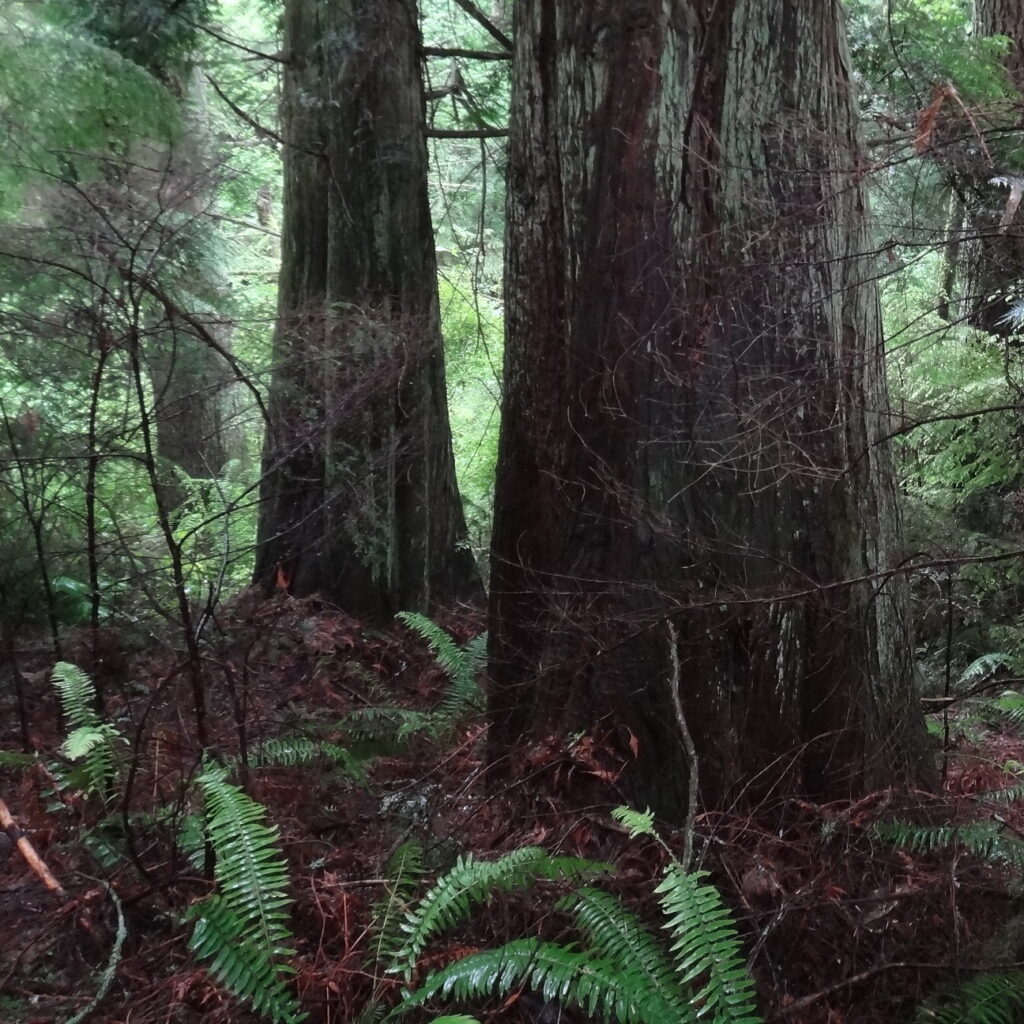Backyard Forest Restoration Anticipation
Forests move and change. It makes sense to accept that fact and adjust our forest restoration practices to work with the flow rather than against it. An ongoing research project in Peru has given me a new perspective on how this might relate to my own work in backyard forests.
A Forest On the Move
In eastern Peru, a global team of scientists have now invested twenty years in an ongoing study, (here and here), documenting the migration of the Amazon Forest up the slopes of the Andes Mountains. The researchers have established a series of one-hectare plots spread out along a ridge running from near sea level to almost 11,000 feet. Each plot corresponds to an increase in average temperature of about one degree centigrade. Within each plot, every tree (young and old) was tagged, identified[1], and evaluated for its size and health. In subsequent years each plot was inventoried again to add any new trees that had started growing in it and to reevaluate the already-inventoried trees both living and dead.
The scientists found that many of the species are adapted to a very narrow range of heat tolerance. As the climate warms, individuals growing in the lower/hotter portions of their ranges die off, and seedlings of those species at higher/cooler elevations take hold and become established. Multitudes of these individual responses result in the forest in aggregate moving uphill.
Forest Restoration Practices Amidst a Moving Forest
If, hypothetically, my backyard forest was one of the study plots on the side of the Peruvian mountain, I would not experience the movement of the overall forest. Instead, I would witness gradual changes in the composition and density of my area as some species died off while other new species took hold. In this context, my work could never be restoration, because it would be impossible to restore my plot to the way it was before. Perhaps all I could really do on my patch would be to accept the changes and do what I could to assist the forest’s progress.

A New Perspective on Forest Restoration
With this new perspective, the main benefit of removing invasive plants in the Puget Lowlands may be to simply clear the way for the arrival of species from forests further south. If I want to augment the natural regeneration on the cleared ground, then it may make sense to plant species or varieties adapted to forests in Oregon or even northern California. Perhaps backyard forest “restoration” should be changed to backyard forest “anticipation.”
[1] Of the 1255 tree species found, 450 were unnamed, reminding us of the incredible biodiversity in the Amazonian Forest.